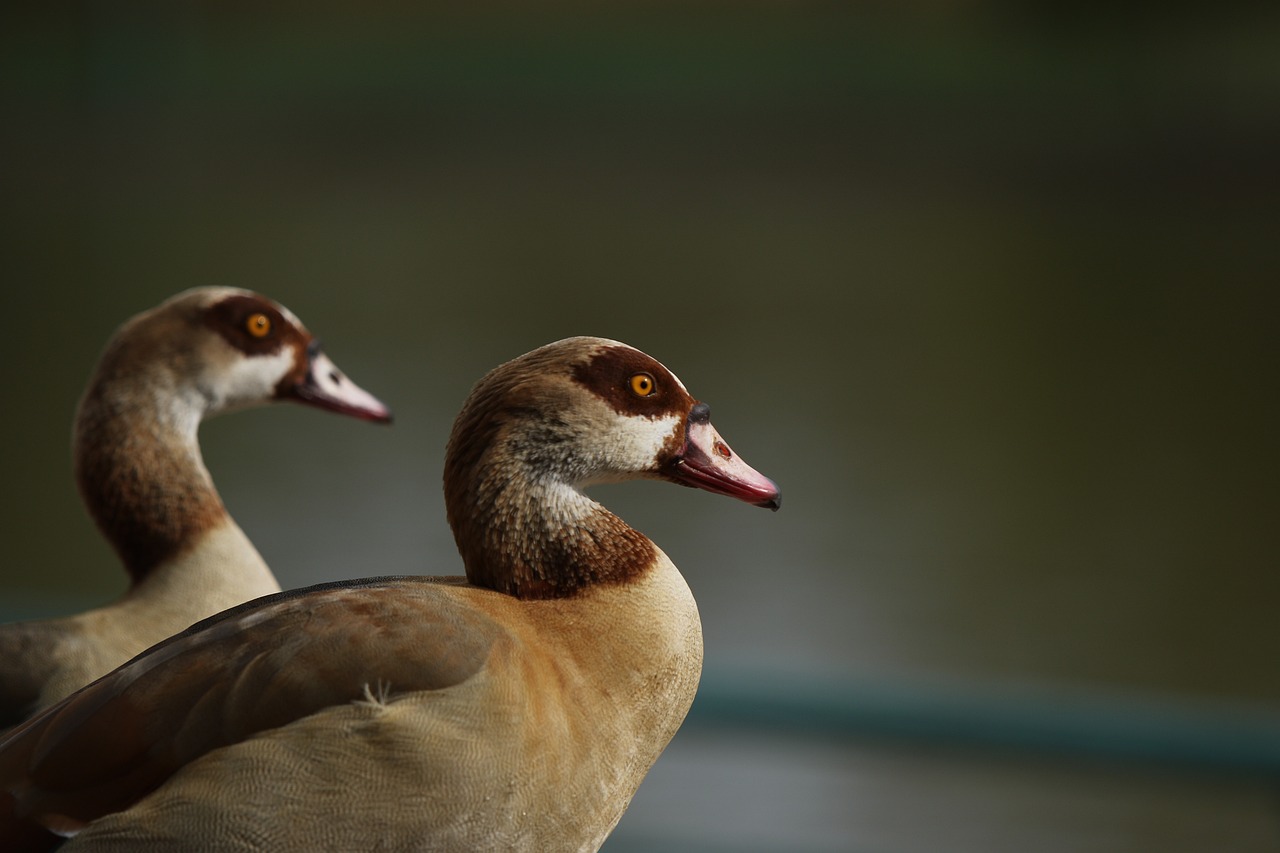The Bennu Bird: Symbol of Creation and Renewal in Egyptian Mythology
Overview
The Bennu bird, a pivotal entity in Egyptian mythology, is often said to have had a central role in the act of creation itself. This avian figure is associated with the sun god Ra and embodies themes of rebirth and creation. Its emergence from the Nun’s waters to announce the dawn of existence links it to Atum and the deity Osiris, marking its significance within the mythological landscape of ancient Egypt.
Physical Characteristics
The earliest depictions of the Bennu bird came from Heliopolis, where it was introduced as a manifestation linked to solar deities. Pyramid Texts reference the bird, speculating it was inspired by a yellow wagtail, while later representations in the New Kingdom likely depicted it as a gray heron. The bird is characterized by long legs and a beak, along with a distinctive two-toned crest. Often portrayed in association with the formidable solar god, the bird was represented on ben-ben stones and at times found intertwined with the sacred willow sacred to Osiris.
In various representations, the Bennu is seen adorned with the Atef crown, further emphasizing its connection to Osiris. A notable example exists in the sarcophagus of the Divine Adoratrice, now held in the British Museum, showcasing the bird perched on a willow tree. Alternatively, it is sometimes illustrated as a human figure bearing a bird’s head, and its appearance is often noted as that of a large bird similar to an eagle, distinguished by striking red and gold feathers.
Mythological Family
Believed to have soared over the Nun before the world was formed, the Bennu bird is traditionally said to have called out after resting atop a rocky formation, revealing truths that were previously hidden. In the context of Egyptian belief, the Bennu represented the ba of Ra and was fundamental to Atum’s existence during the Middle Kingdom. The bird’s genesis is attributed to self-creation, akin to that of the sun god. A mythological fragment from the 21st Dynasty depicts a scarab beetle and a heart-amulet alongside the Bennu, underscoring its symbolic significance.
Powers and Symbolism
Among the many attributes ascribed to the Bennu bird, it was revered for its capabilities of self-creation and its ability to traverse the Nun’s waters. The bird’s call was thought to establish cosmological order and influence the fabric of creation itself. The Bennu was not only a symbol of resurrection and renewal but also linked to the cycles of the sun, signifying both daily renewal and a resurgence every 500 years. Its affiliations with Atum and Osiris illustrate its venerable stature within the pantheon, reflecting themes of regeneration and immortality.
Contemporary Relevance
The name “Bennu” has also extended into modern astronomy, denoting a small asteroid that NASA is presently investigating through its OSIRIS-REx mission. The mission aims to unravel insights concerning the origins of life within our solar system, with the asteroid chosen for its signature organic materials.
In popular culture, the Bennu character appears in the video game “Assassin’s Creed Origins” as a formidable white heron in the Siwa desert region, where it functions as an epic boss encountered by players, further connected to the “Curse of the Pharaohs” side quest. Additionally, the TV show “The Originals” features a character named Bennu, portrayed as a witch under a curse that leads to his resurrection every century and linked to a dark force known as the Hollow, aiming to absorb life and magic.
Continuing Legacy
The Bennu bird, while not classified as a god within the mythology, holds a crucial role as a potent symbol tied to the cycle of creation and renewal, embodying the essence of rebirth linked with prominent deities, particularly Ra.



